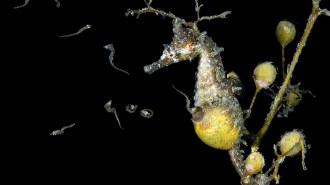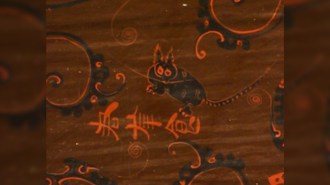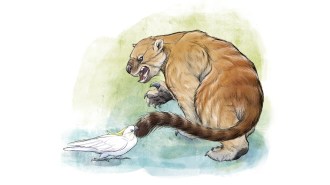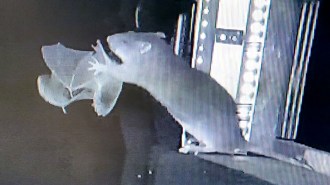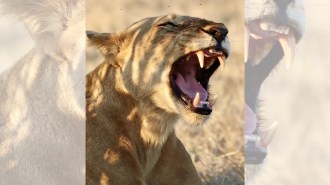This bug’s all-in helicopter parenting reshaped its eggs
Rounder eggs gave way to more elongated shapes that fit better under mom
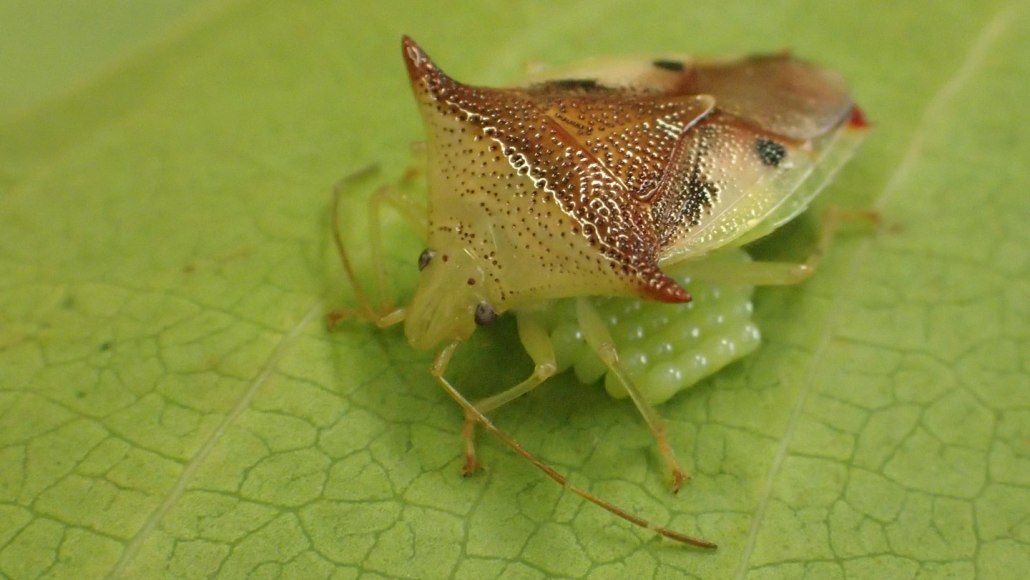
Closely packed tiny green eggs — more like little pudgy barrels than mini beach balls — fit efficiently under a parent shield bug poised to defend them.
Shin-ichi Kudo

